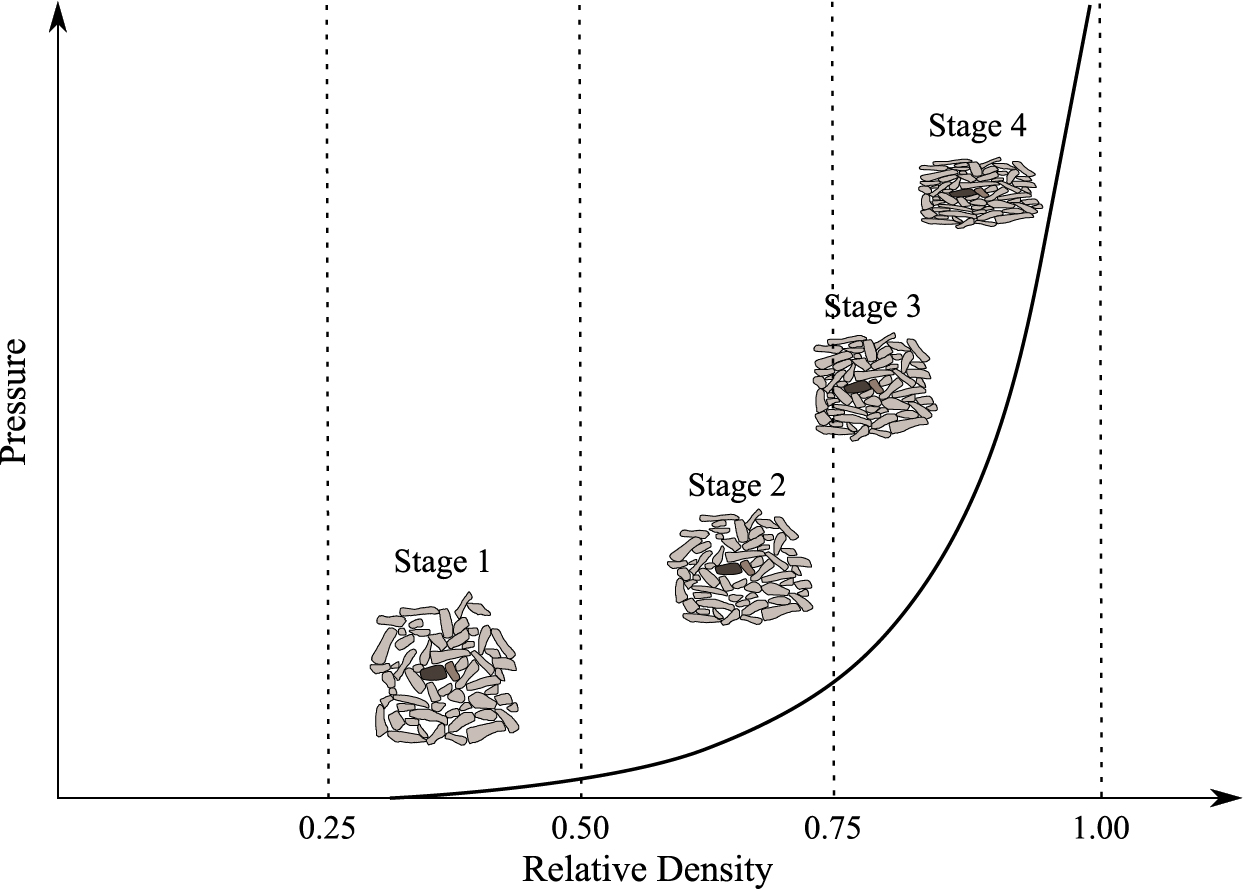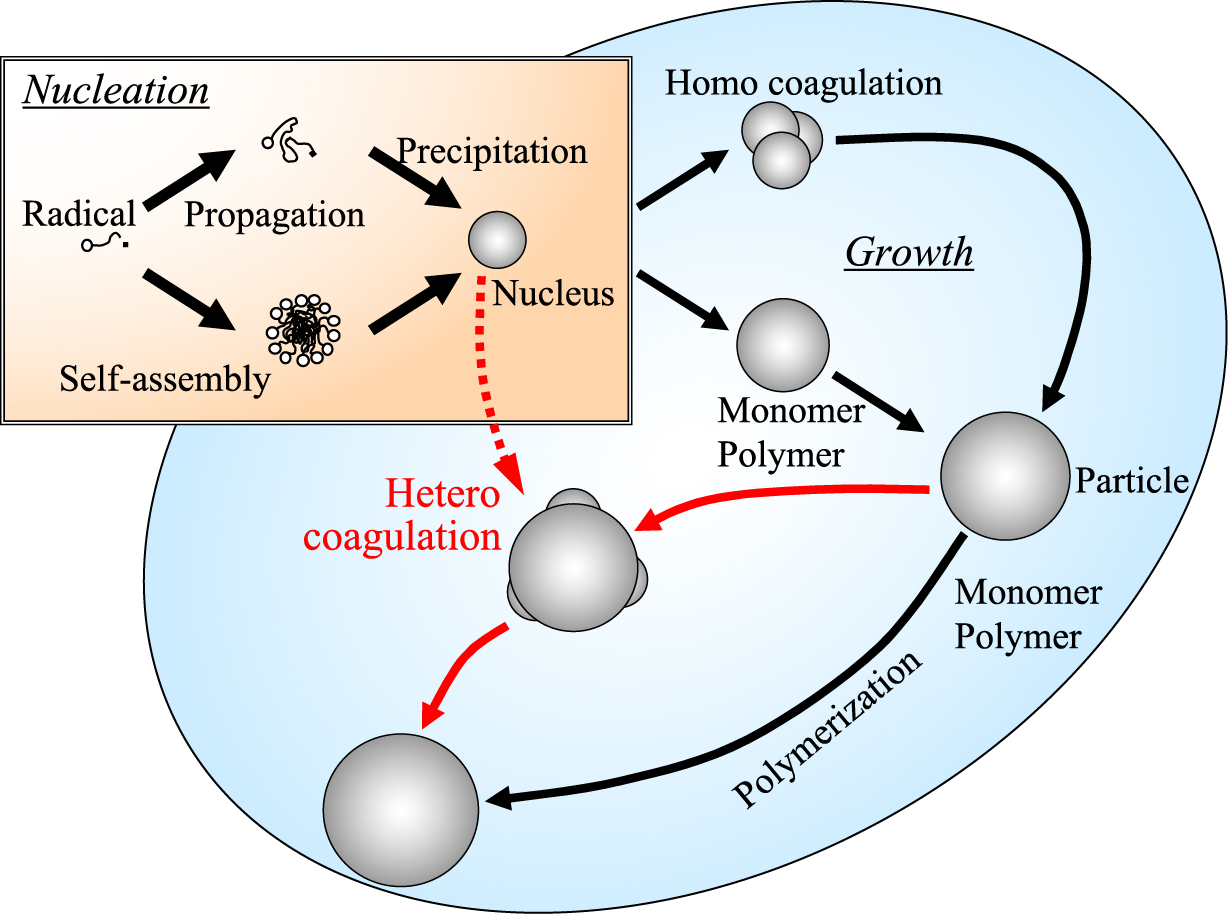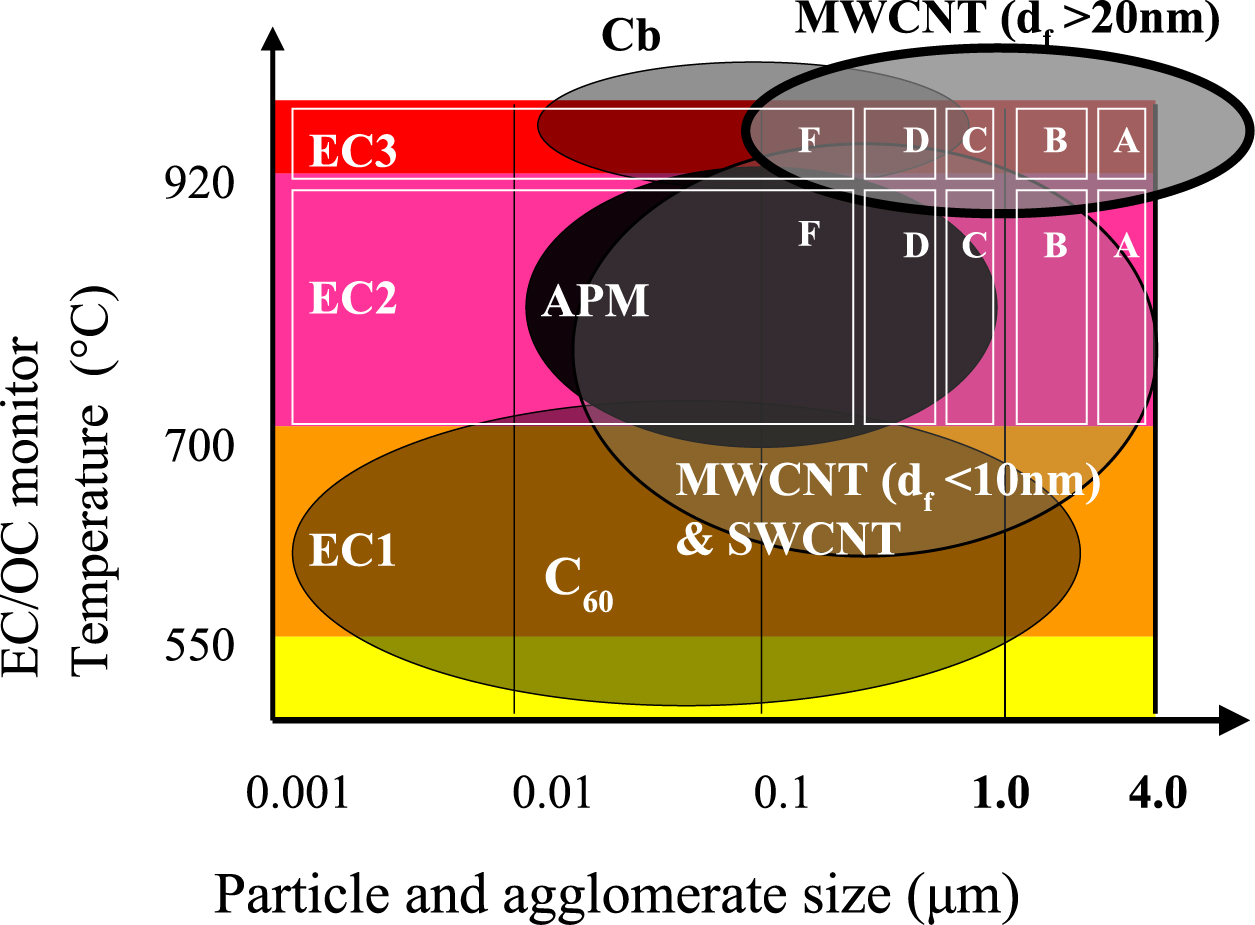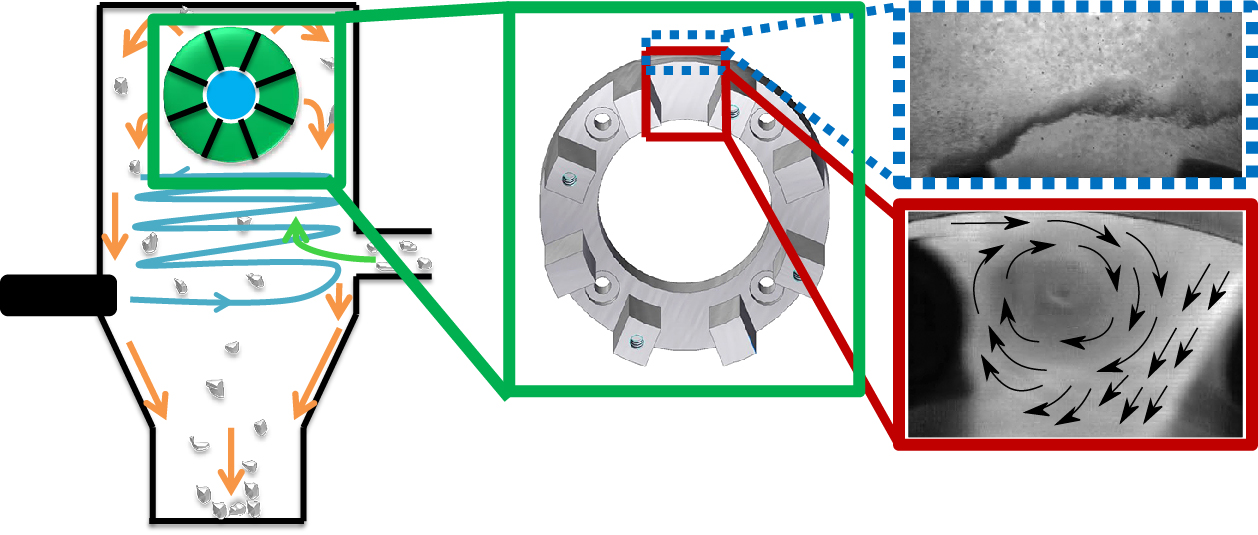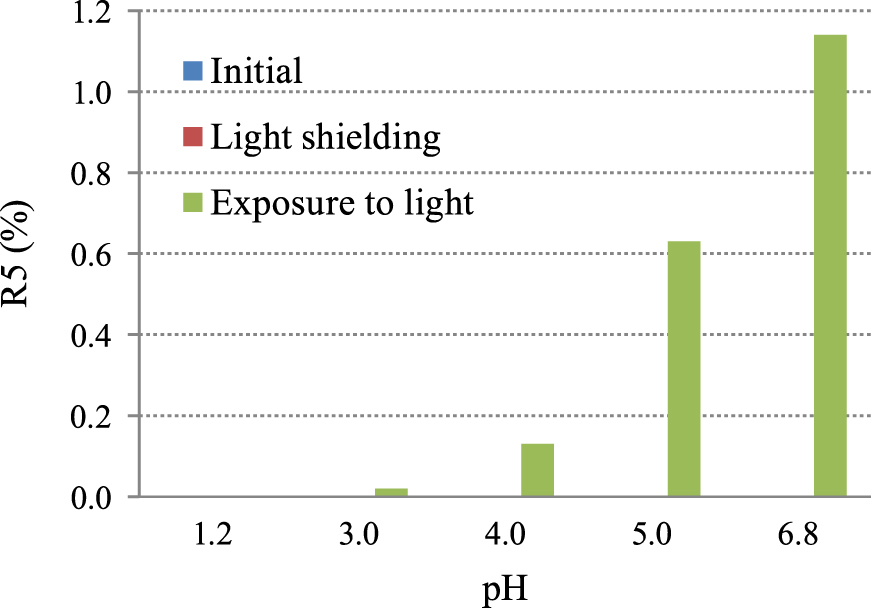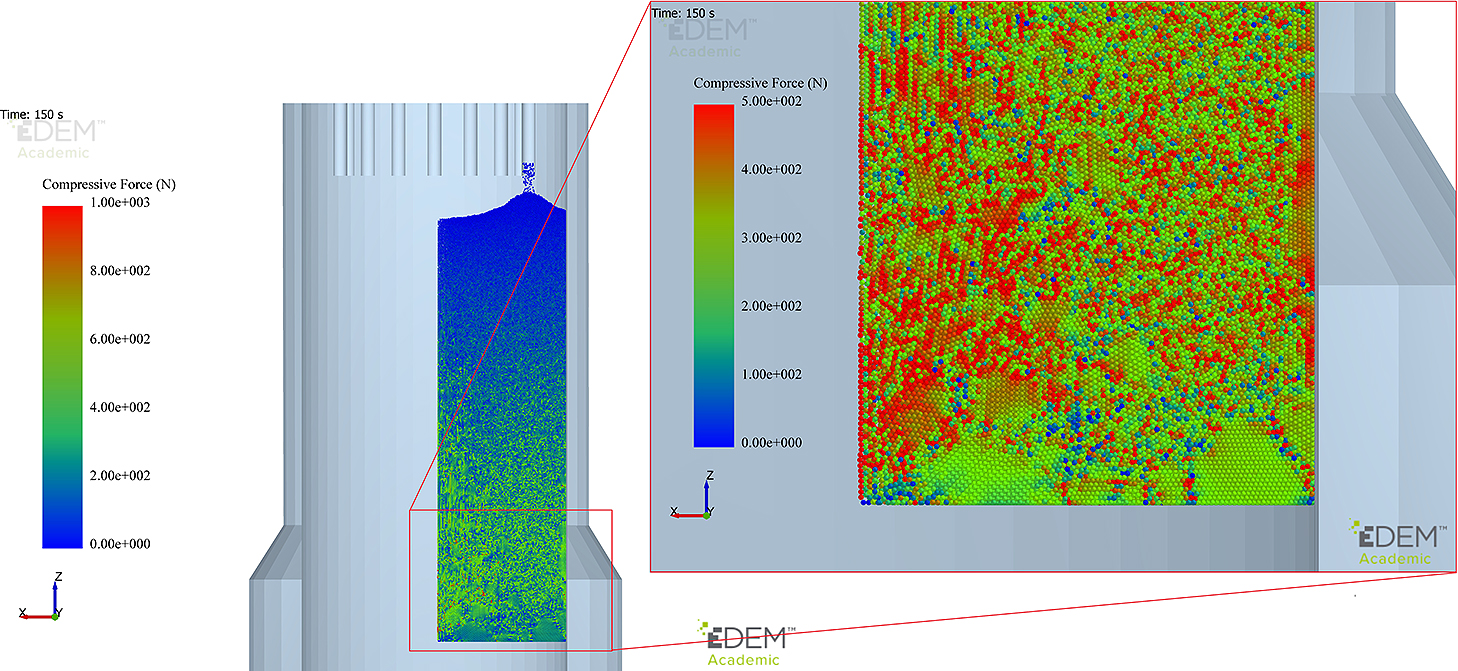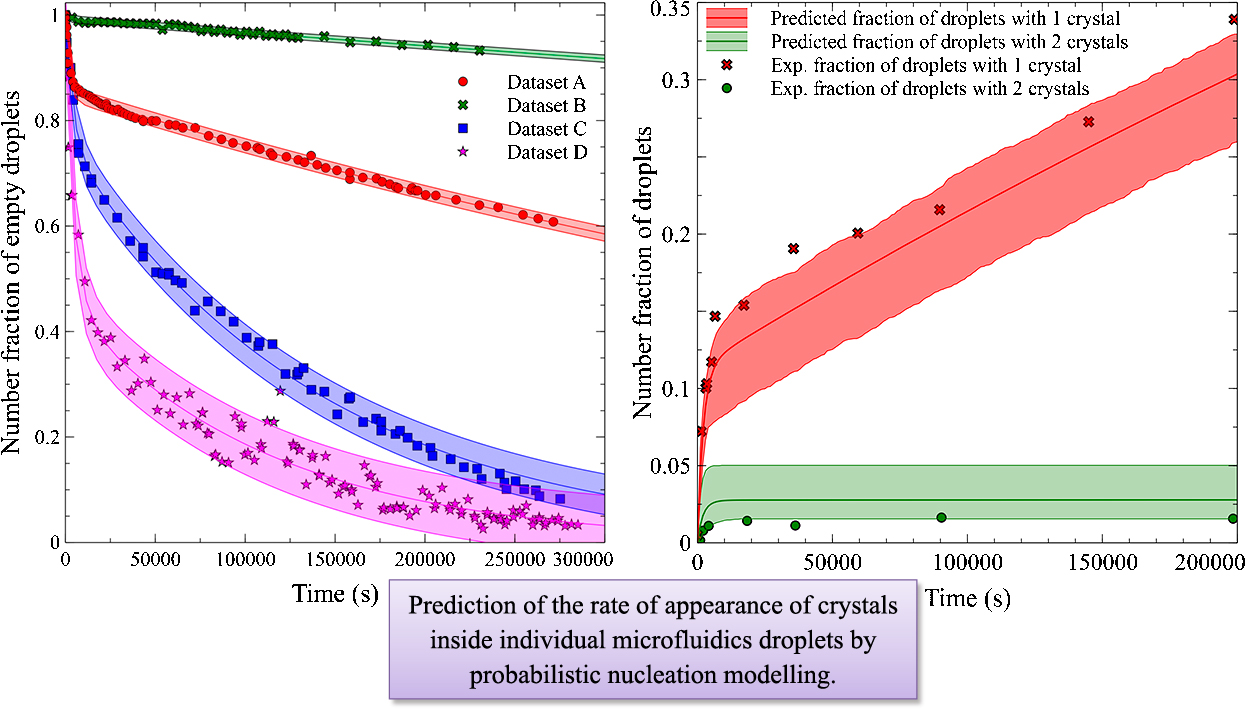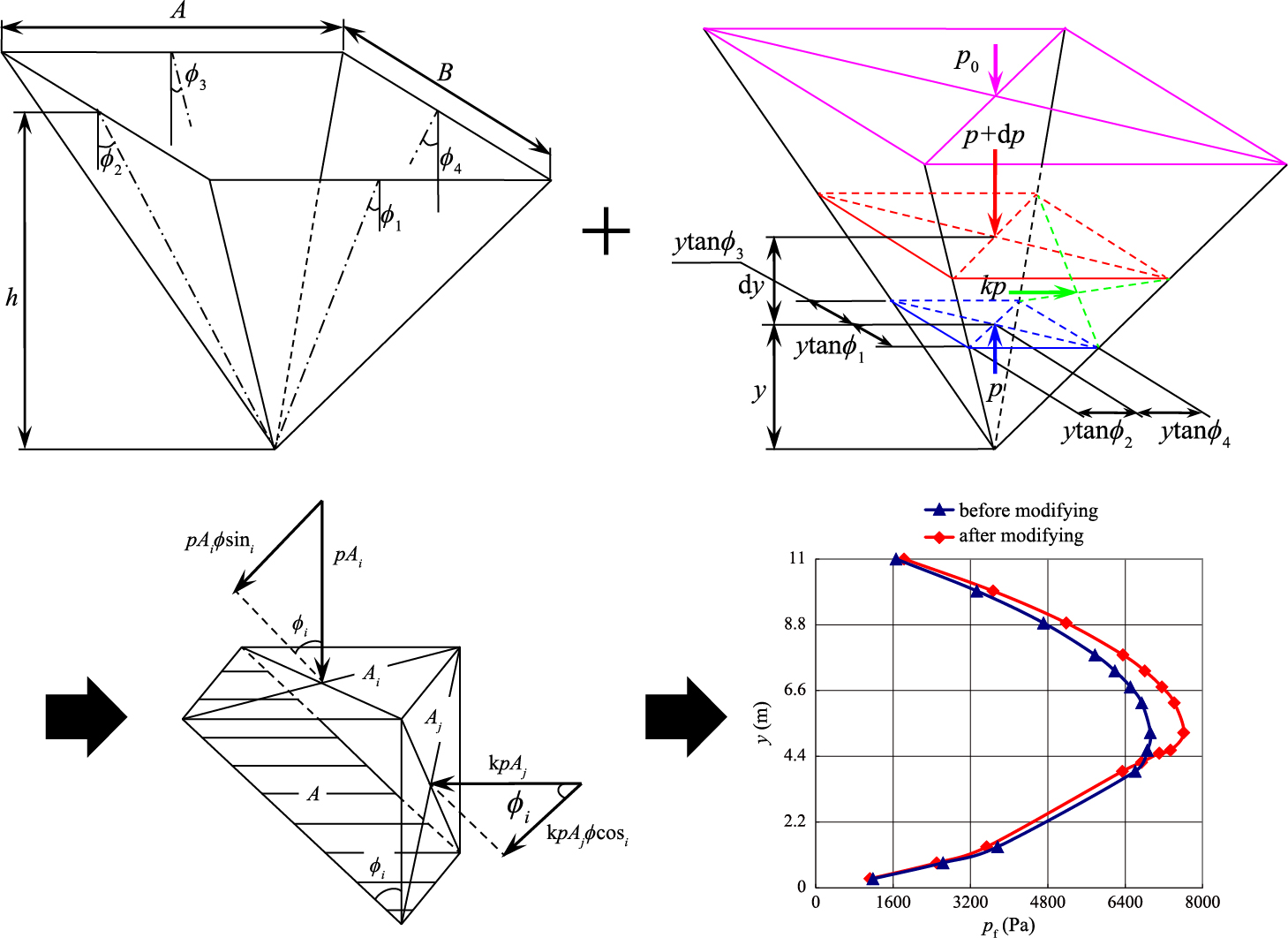Volume 35
Displaying 1-27 of 27 articles from this issue
- |<
- <
- 1
- >
- >|
Front Cover
-
2018 Volume 35 Pages Cover35_1
Published: 2018
Released on J-STAGE: February 28, 2018
Download PDF (863K) Full view HTML -
2018 Volume 35 Pages EdBrd35_1
Published: 2018
Released on J-STAGE: February 28, 2018
Download PDF (3458K) Full view HTML
Editorial
-
2018 Volume 35 Pages 1-2
Published: 2018
Released on J-STAGE: February 28, 2018
Download PDF (1529K) Full view HTML
Review Papers
-
2018 Volume 35 Pages 3-13
Published: 2018
Released on J-STAGE: February 28, 2018
Advance online publication: April 08, 2017Download PDF (2302K) Full view HTML -
2018 Volume 35 Pages 14-31
Published: 2018
Released on J-STAGE: February 28, 2018
Advance online publication: March 18, 2017Download PDF (13121K) Full view HTML -
2018 Volume 35 Pages 32-48
Published: 2018
Released on J-STAGE: February 28, 2018
Advance online publication: April 08, 2017Download PDF (6246K) Full view HTML -
2018 Volume 35 Pages 49-65
Published: 2018
Released on J-STAGE: February 28, 2018
Advance online publication: July 30, 2017Download PDF (11245K) Full view HTML -
2018 Volume 35 Pages 66-79
Published: 2018
Released on J-STAGE: February 28, 2018
Advance online publication: August 31, 2017Download PDF (7149K) Full view HTML -
2018 Volume 35 Pages 80-88
Published: 2018
Released on J-STAGE: February 28, 2018
Advance online publication: August 31, 2017Download PDF (3128K) Full view HTML -
2018 Volume 35 Pages 89-111
Published: 2018
Released on J-STAGE: February 28, 2018
Advance online publication: September 30, 2017Download PDF (4154K) Full view HTML -
2018 Volume 35 Pages 112-121
Published: 2018
Released on J-STAGE: February 28, 2018
Advance online publication: September 30, 2017Download PDF (9841K) Full view HTML -
2018 Volume 35 Pages 122-138
Published: 2018
Released on J-STAGE: February 28, 2018
Advance online publication: September 30, 2017Download PDF (2771K) Full view HTML -
2018 Volume 35 Pages 139-149
Published: 2018
Released on J-STAGE: February 28, 2018
Advance online publication: September 30, 2017Download PDF (6445K) Full view HTML
Special Contribution
-
2018 Volume 35 Pages 150-159
Published: 2018
Released on J-STAGE: February 28, 2018
Advance online publication: July 30, 2017Download PDF (7765K) Full view HTML
Original Research Papers
-
2018 Volume 35 Pages 160-171
Published: 2018
Released on J-STAGE: February 28, 2018
Advance online publication: March 18, 2017Download PDF (14935K) Full view HTML -
2018 Volume 35 Pages 172-185
Published: 2018
Released on J-STAGE: February 28, 2018
Advance online publication: February 25, 2017Download PDF (7784K) Full view HTML -
2018 Volume 35 Pages 186-199
Published: 2018
Released on J-STAGE: February 28, 2018
Advance online publication: February 04, 2017Download PDF (3243K) Full view HTML -
2018 Volume 35 Pages 200-208
Published: 2018
Released on J-STAGE: February 28, 2018
Advance online publication: March 31, 2017Download PDF (2643K) Full view HTML -
2018 Volume 35 Pages 209-215
Published: 2018
Released on J-STAGE: February 28, 2018
Advance online publication: June 24, 2017Download PDF (3116K) Full view HTML -
2018 Volume 35 Pages 216-225
Published: 2018
Released on J-STAGE: February 28, 2018
Advance online publication: June 24, 2017Download PDF (11192K) Full view HTML -
2018 Volume 35 Pages 226-250
Published: 2018
Released on J-STAGE: February 28, 2018
Advance online publication: September 23, 2017Download PDF (14791K) Full view HTML -
2018 Volume 35 Pages 251-257
Published: 2018
Released on J-STAGE: February 28, 2018
Advance online publication: September 30, 2017Download PDF (8060K) Full view HTML -
2018 Volume 35 Pages 258-272
Published: 2018
Released on J-STAGE: February 28, 2018
Advance online publication: September 30, 2017Download PDF (6659K) Full view HTML -
2018 Volume 35 Pages 273-282
Published: 2018
Released on J-STAGE: February 28, 2018
Advance online publication: September 30, 2017Download PDF (3653K) Full view HTML
Infomation Article
-
2018 Volume 35 Pages 283-285
Published: 2018
Released on J-STAGE: February 28, 2018
Download PDF (12828K) Full view HTML -
2018 Volume 35 Pages 286
Published: 2018
Released on J-STAGE: February 28, 2018
Download PDF (3478K) Full view HTML -
2018 Volume 35 Pages 287
Published: 2018
Released on J-STAGE: February 28, 2018
Download PDF (560K) Full view HTML
- |<
- <
- 1
- >
- >|



